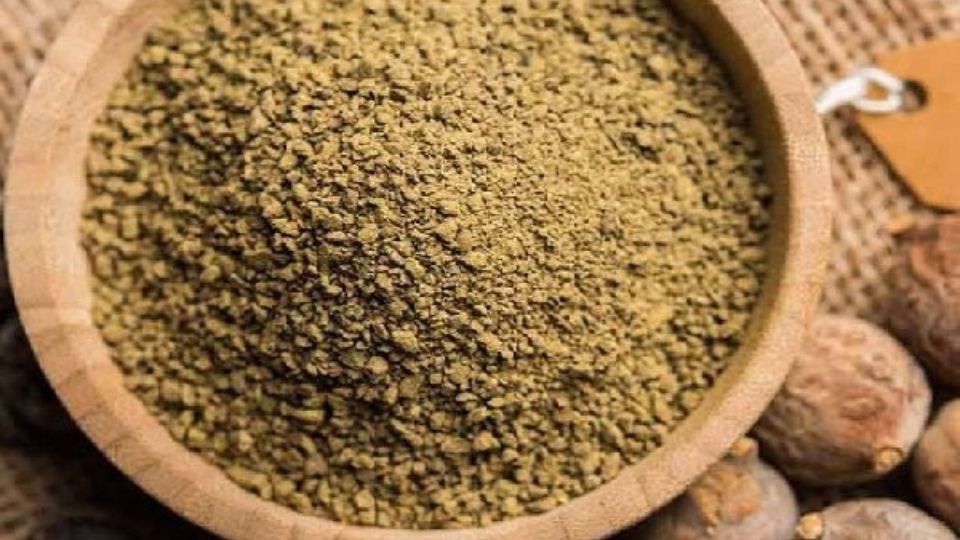“Can I take Ayurvedic and Allopathic medicines together?” This is the frequent question asked by my patients, and the answer is NO. Ayurveda and Allopathy are two entirely different systems of medicines. Ayurveda As an Ayurvedic doctor, my line of treatment mainly includes diagnosing and treating the root cause of… Continue reading Is it okay to take Ayurvedic and Allopathic medicines together?
Is it okay to take Ayurvedic and Allopathic medicines together?

